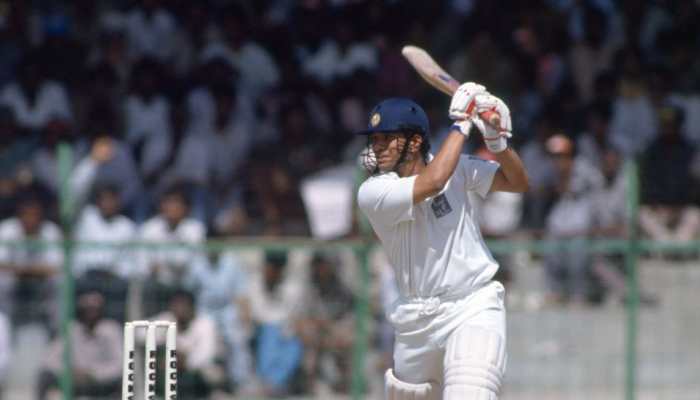Mars’ moon Phobos is slowly falling apart
The long, shallow grooves lining the surface of Phobos are early signs of the structural failure that will ultimately destroy this moon.
Trending Photos
) Photo credits: NASA/JPL-Caltech/University of Arizona
Photo credits: NASA/JPL-Caltech/University of Arizona Washington: Phobos, the larger of Mars' two moons, is being pulled apart by tidal forces and scientists expect it to be destroyed in 30 to 50 million years.
Also Read: Ophir Chasma from NASA's Mars Reconnaissance Orbiter!
As per a new study, the long, shallow grooves lining the surface of Phobos are early signs of the structural failure that will ultimately destroy this moon.
“We think that Phobos has already started to fail, and the first sign of this failure is the production of these grooves,” said Terry Hurford of NASA’s Goddard Space Flight Center.
Also Read: ISRO releases image of Mars' Arabia Terra
Orbiting a mere 3,700 miles (6,000 kilometers) above the surface of Mars, Phobos is closer to its planet than any other moon in the solar system. Mars’ gravity is drawing in Phobos by about 6.6 feet (2 meters) every hundred years.
Also Read: Twirling moons and ice volcanoes: NASA's New Horizons reveals surprising discoveries on Pluto!
The grooves were long thought to be fractures caused by the impact that formed Stickney crater.
But new modeling by Hurford and colleagues supports the view that the grooves are more like “stretch marks” that occur when the moon gets deformed by tidal forces and that the interior of Phobos could be a rubble pile, barely holding together, surrounded by a layer of powdery regolith about 330 feet (100 meters) thick.
Scientists also found that the grooves didn’t radiate from the impact crater but rather from a focal point nearby.
The gravitational pull between Mars and Phobos produces these tidal forces.
The same fate may await Neptune’s moon Triton, which is also slowly falling inward and has a similarly fractured surface.
The findings also have implications for extrasolar planets, according to researchers.
“We can’t image those distant planets to see what’s going on, but this work can help us understand those systems, because any kind of planet falling into its host star could get torn apart in the same way,” said Hurford.
The findings by Hurford and his colleagues are being presented November 10, 2015, at the annual Meeting of the Division of Planetary Sciences of the American Astronomical Society at National Harbor, Maryland.
Stay informed on all the latest news, real-time breaking news updates, and follow all the important headlines in india news and world News on Zee News.
Live Tv







)
)
)
)
)
)
)
)
)
)
